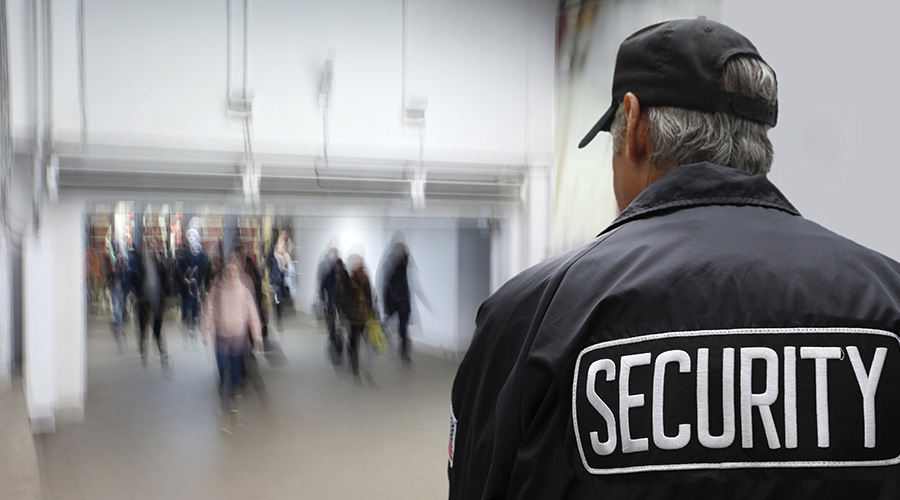Mobile Technology Streamlines Security and Fire Safety Products
Mobile alarms and notifications can improve response time, save lives.
Facility managers have found their phones and tablets can help streamline operations, including in the realm of fire/life safety and security systems. The way mobile is primarily leveraged by facility departments is for notification of building system alarms. In a recent Building Operating Management survey, 76 percent of respondents said their facility staff uses smartphones or tablets to receive alarms or alerts from various building systems by text or email.
Tim Cooper, director of engineering for the Four Seasons Los Angeles at Beverly Hills, is among that number. If any part of the fire/life safety system reports a malfunction, the system sends an alert to his phone. “I get an email or a text that says the fire pump failed to start,” he says as an example. The same exists for the hotel’s security system. If there’s a “BOLO” event (Be On The Lookout), Cooper says an alert with a picture, time, and date seen goes out to all users on the security system, and they can text back an all clear.
The primary benefit to Cooper of using mobile for alarm notification is that it improves response time. “It saves precious seconds, and seconds mean lives, for us to get there and respond, whether it’s a smoke alarm or the elevator is stuck,” Cooper says.
In addition, using mobile for fire/life safety and security does away with the scramble. “It stops the initial panic because you don’t have to worry where it is,” Cooper says. “You know exactly what is going on at all times.”
Challenges to mobile safety/security
What is less common is the use of mobile to interface directly with these systems, particularly the fire/life safety system. In the Building Operating Management survey, only 25 percent of respondents said they used smartphones or tablets to interface with the fire/life safety system, while a greater number (40 percent) of respondents say their facility staff interface with the security system using smartphones or tablets.
That slower adoption might be due to costs and infrastructure challenges, says Adam Crowe, director of emergency preparedness, emergency communications and security at Virginia Commonwealth University. The university is no slouch when it comes to adopting new technologies — iris cameras are used to scan students for access to the dining facilities — but access to the dorms is granted via ID cards.
“It’s not an issue of whether you want to be on the cutting edge,” Crowe says. “It’s whether you can afford it.” Staffing, network capacity, and space for data closets are costs to consider. “Sometimes those challenges are as much or more in the way than just simply whether you want to do it or not,” Crowe says.
One development Crowe says he’s looking forward to is more seamless ways to leverage smartphones as identifiers, which would allow more intuitive access control and minimize the need for human intervention. “People are really hesitant to just give all over to computers, but it would allow (security staff) to focus on the exceptions rather than everyone that comes through,” Crowe says, shrinking the gap between customer experience and security.
Email comments and questions to naomi.millan@tradepress.com.
Related Topics:













